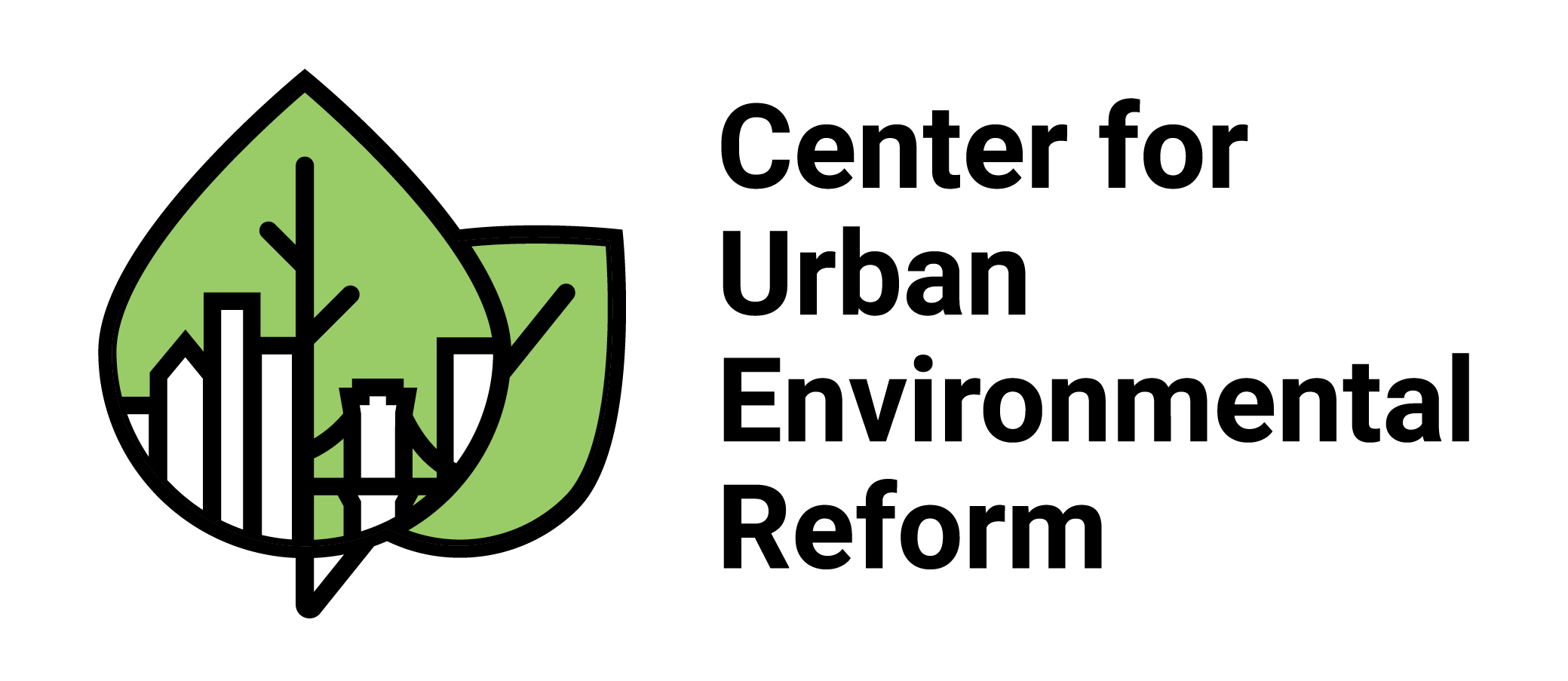Benefits Of Improved Efficiency For Low Income-Homes
Although reforming urban environments with renewable energy is an achievable and important goal that communities in the city should work towards, there are other methods for improving resiliency and reducing the environmental impact of urban environments. One of these other methods of reducing impact and improving resiliency is by becoming energy efficient.
Energy efficiency is a term that many people will have heard, and one that is often discussed by policy makers. However, these discussions very often focus on consumer-based approaches: buying efficient light bulbs, unplugging appliances that aren’t being used, purchasing fuel-efficient cars, or a host of other ways consumers can make minor differences in energy usage. While these minor purchasing decisions are important when taken as a whole, there are ways that cities like New York can encourage efficiency without shifting the burden onto consumers. In fact, some of these methods can reduce urban footprints while easing financial burdens for low-income communities.

Photo Credit: AP Worldwide Photos
Chicago is taking this approach with great success through their Micro Market Recovery Program (“MMRP”), which partners with community organizations to refit homes at risk of foreclosure, making them more energy efficient. In the process of doing this, the program has also been able to alleviate the financial burden on those residents, as low-income houses spend more of their household income on electricity than any other demographic.
Although New York has devoted substantial funding to developing energy efficient homes dedicated to low or medium income families, Chicago’s program has had astounding success in retrofitting low-income homes, creating a model for other major cities in the country seeking to reduce their carbon footprint while simultaneously bringing economic relief to low-income families. This model can and should be adapted to major cities in the United States as policy initiative if we are to fulfill our goals of reducing emissions without shifting the financial and environmental burden of this reduction onto lower-income communities.

